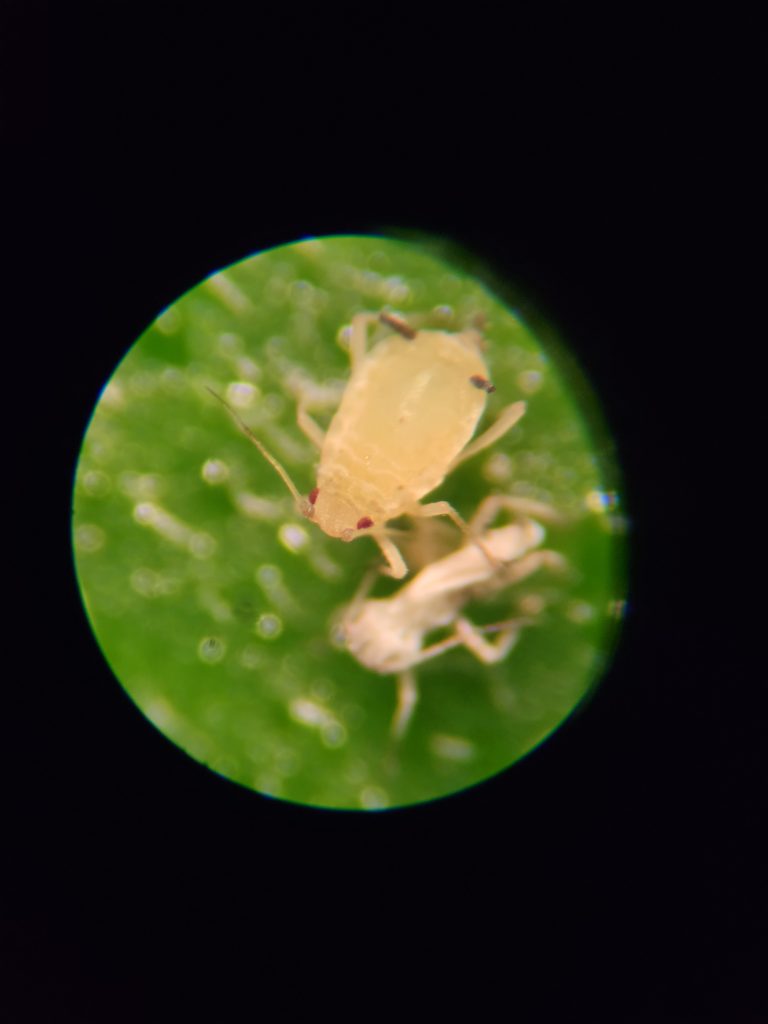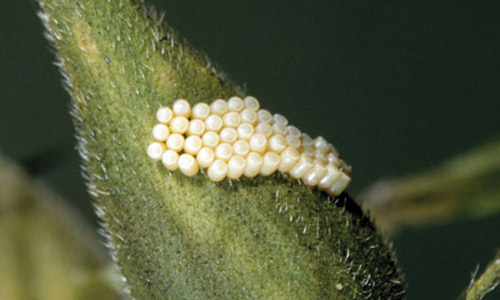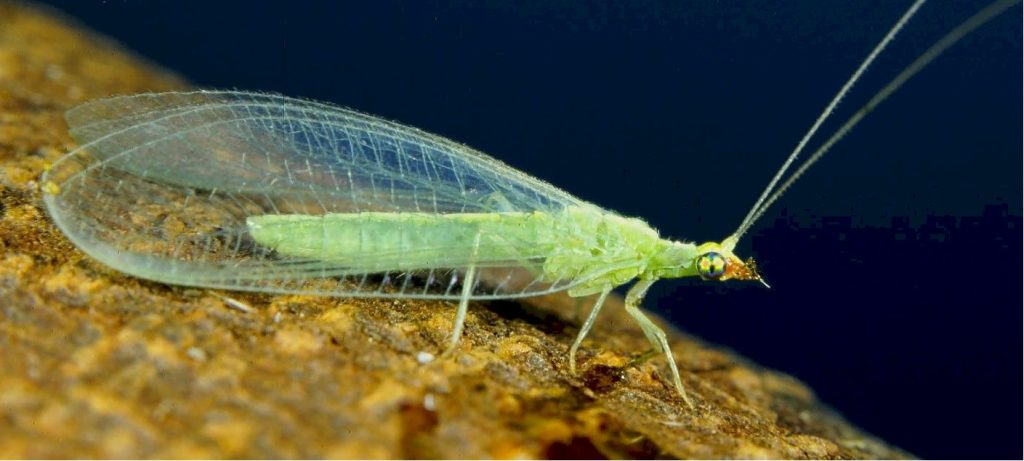The mercury is starting to rise, and the days are getting sunnier. Likely, you are beginning to or have been fantasizing about the potential of your landscape. Visions of multicolored flowers or rows of vegetables lined up waiting to be picked are synonymous with these visions, but they are not free from planning or work. You are not the only one waiting and hoping your gardens become flush with flowers. A veritable army of insects are looking to your landscape for their next meal. Some of these are good, providing critical pollination services, but some seek only to devastate your plants by consuming the leaves or sucking the sap out directly. It’s important to know who these culprits are and to understand the strategies within integrated pest management used to overcome or avoid the damage they bring.

The Bad Guys
First, let’s examine the perpetrators. Insects, like all subdivisions of animals, come in many forms. Those seeking to feast on your plant life are herbivores. They cause damage in several ways, and to understand them, a gardener should start by understanding the mouthparts of these creatures. Damage from chewers such as the Eastern Lubber Grasshopper (Romalea microptera) will be obvious as parts of the leaves will be skeletonized or left with large holes. Others are much more subtle, utilizing hypodermic-style mouths to remove the sugary photosynthates. The damage caused by these insects is much more subtle. It may present as pathogenic, including but not limited to misshaped or discolored leaves, damaged buds, fruit drops, and blackened leaves from sooty mold (Capnodium citri). Insects in this category include stinkbugs (Pentatomoidea) and aphids (Aphidodea). At this stage, you’re probably convinced that gardening in Florida is pointless, but have no fear; there are strategies to overcome these threats.
Scouting
Defending your gardens and landscapes begins with scouting. It seems very simple, but getting into your gardens daily will alert you to burgeoning issues well before they become major concerns. Get out there and look through stems, on the undersides of leaves, and for discoloration. It is much easier to remove leaves covered with stinkbug eggs than the adults once they’ve hatched.

First Steps
Next, investigate your gardening practices. Keep plants stress-free with appropriate fertilization and irrigation; these plants will fare better with any insects escaping your scouting efforts. Remove stressed and diseased plants as well as any which have been harvested. This will deny habitat to herbivorous insects. These combined practices are collectively known as cultural controls and are among the best for preventing insect issues. Any insect still appearing through these controls may be removed by hand. This is considered a mechanical control and is the least environmentally taxing, though it is the most labor-intensive methodology.
Ask Nature to Help
Biological controls are next in this hierarchy. Although they may seem confusing, they are nothing more than letting nature take care of itself. This article focuses on herbivores, but the insect world is diverse and includes predatory species. Creatures such as ladybugs (Coccinellidae) and lacewings (Chrysoperia sp.) actively hunt and consume those pests in your gardens, keeping you from this task. This method is not limited to Insects. Numerous animals, such as frogs, birds, nematodes, and even household pets, can fill this role. Fungi and bacteria have also been found to fill this role, as anyone who has applied Bacillus thuringiensis, commonly called BT, has discovered. This control method is the most environmentally friendly and involves the least amount of physical labor.

Chemical use in Landscapes
Finally, chemical controls are a viable method to control insects in your landscape. These should be used as a last resort when the controls listed above are just not working. When used, make sure you follow the label provided on the product you’ve purchased and that it is the appropriate product designed to control your specific pest. The concern with this control is that pest species may adapt to the chemical, thus rendering it ineffective. When applied, ensure it is done minimally, both in volume and across square footage thus minimizing risk to off-target species.
Controlling pests in your garden can seem a daunting task. The multipronged approach utilizing the above control methods is known as integrated pest management. Following this methodology will keep your plants pest free and your landscape healthy. For more information on integrated pest management, see these Ask IFAS documents, or contact your local extension agent for additional information on this and any topic regarding your gardens and more.
- Managing Storm Water in Landscapes - July 6, 2025
- It’s Time for Sweet Potatoes - May 22, 2025
- Ecological Benefit and Upkeep of Florida Lawns - April 21, 2025
